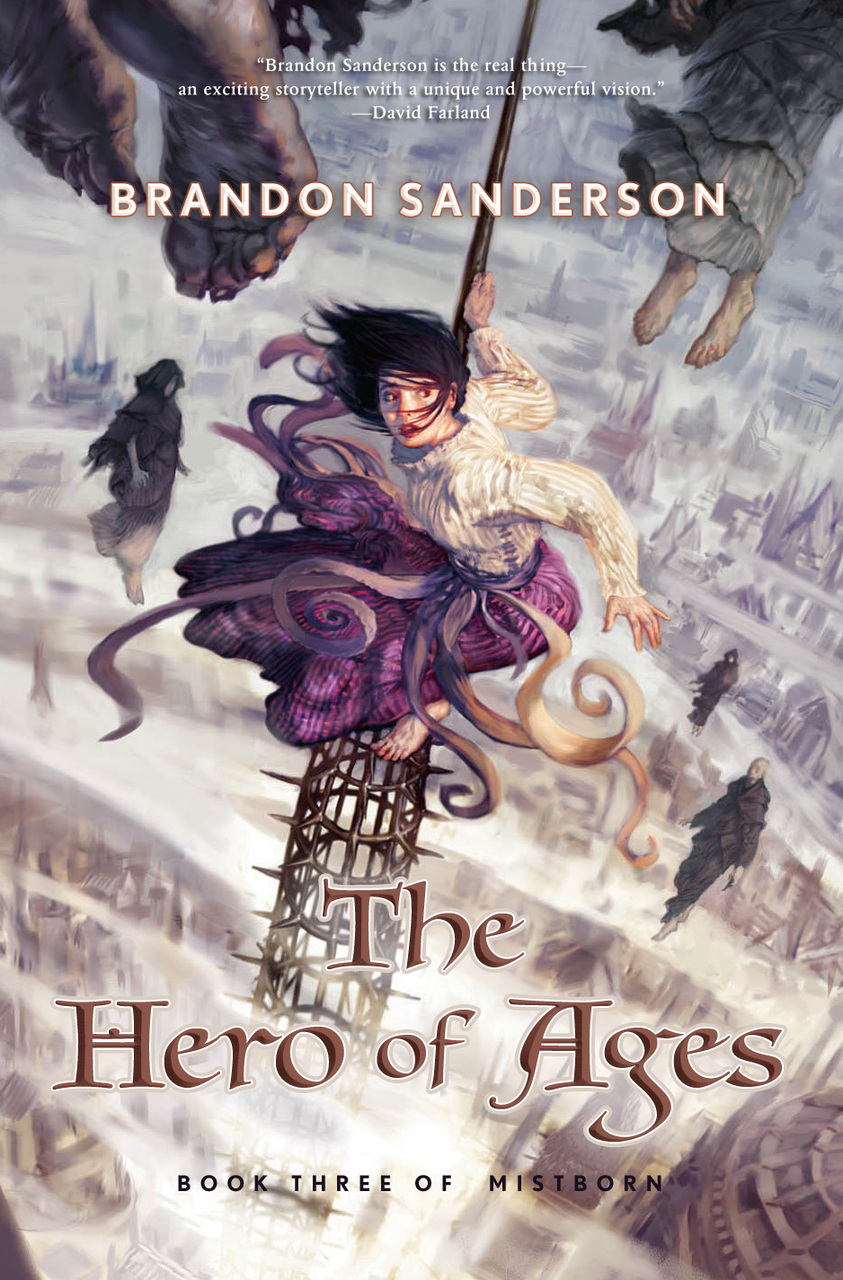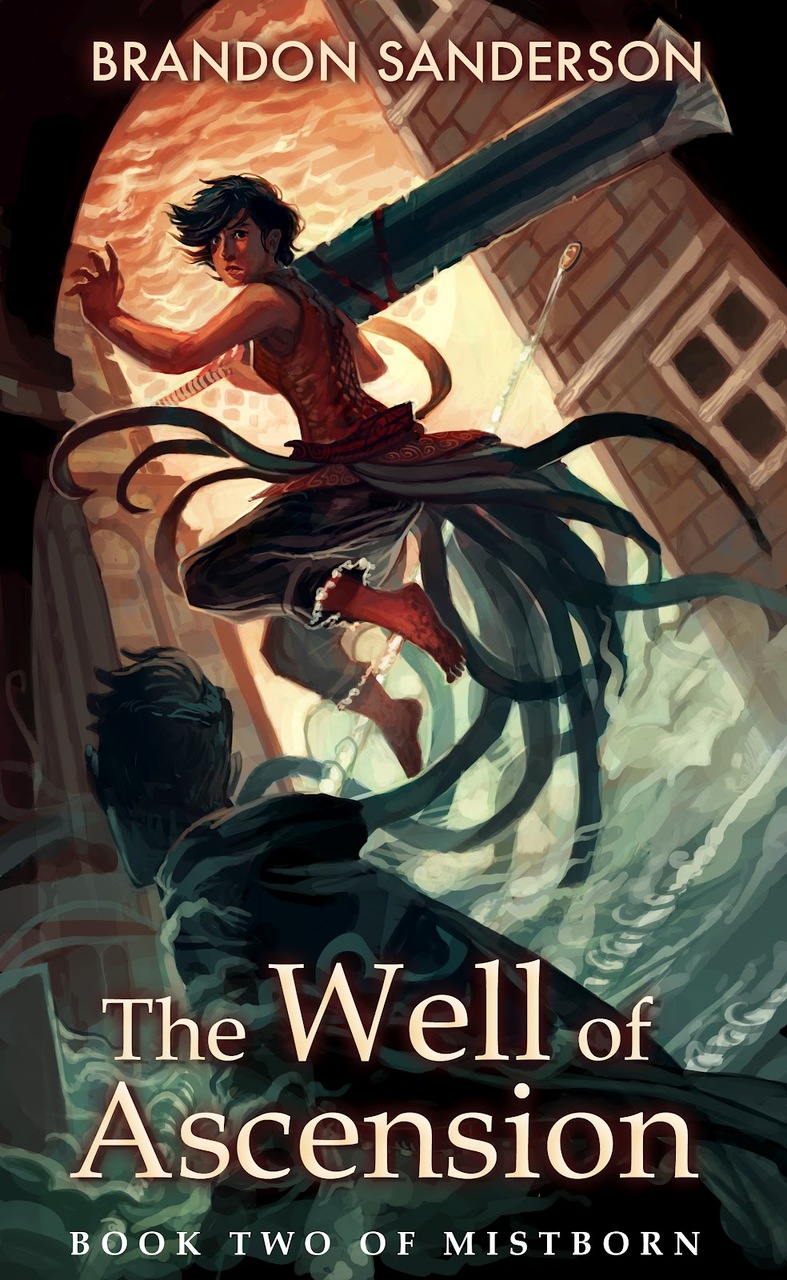- (https://b-ark.ca/ksKKwg)
I’m riding in the 2025 Enbridge Tour Alberta for Cancer, raising money for the Alberta Cancer Foundation, and have so far raised $2,744, exceeding my $2,500 goal and surpassing my 2024 effort!
Help me by donating here
And remember, by donating you earn a chance to win a pair of hand knitted socks!
- (https://b-ark.ca/Gm2AMc)
And just like that I got my DIY edition laptop from Framework! Thanks @FrameworkPuter !
- (https://b-ark.ca/uCOCQE)
@CBCEdmonton blindly parroting @jkenney ‘s distorted talking points without criticism is the worst kind of yellow journalism. No one has proposed “[shutting] off a major, industrialized economy with the flick of a switch” and he knows it.
- (https://b-ark.ca/s22mWc)
A belated photo of our lovely new front yard design! We couldn’t be happier with the way it came together!
How I Book Blog
I used to use Goodreads for tracking/reviewing books I’ve read. Then Amazon bought them and I decided to move all that stuff to my own blog. This is how I did it!
So while it turns out I forgot I’d posted about this topic a while ago, it seemed worth revisiting and writing a focused post on how I’m book blogging.
Anyway, I don’t know about you, but I tend to have a remarkably poor memory for the books I’ve read. After I’ve finished a book or series, it doesn’t take long for the details to get washed out and for my thoughts to blur into vague recollections of what the book made me think and feel. It was for this reason that I started using Goodreads.
For me, Goodreads served a few useful functions. First, it gave me a place to track what I’m reading and, more importantly, what I’ve read. Second, it gave me a spot to jot down my thoughts about books so that, later, I could go back and read those notes and refresh my memory.
But that meant trapping all of that information in someone else’s silo, and I was never particularly comfortable with that. And when Amazon went and bought Goodreads, I basically stopped using the service, and as a result, stopped tracking my reading.
When I decided to reinvent my blog, I undertook the project with a central goal in mind: to take back control over my own data and content. To that end, book blogging was a perfect fit for this vision, and so I wanted to describe how I’ve leveraged approaches from the IndieWeb to solve this problem and scratch my own itch.
By the way, I want to thank Jamie Tanna and their post on a Microformats API for Books which reminded me to finally write this post!
Continue reading...- (https://b-ark.ca/kw_Owg)
Nice! For my blog I have a Calibre db containing metadata, covers, etc, for books. Then I wrote a Jekyll plugin that uses calibredb to pull the data out and populate my pages at build time. This reminds me I need to write a post about this…
- (https://b-ark.ca/_oEkCk)
Finally got around to planting my first little pot of succulents! My home office now looks just a little less sterile.
- (https://b-ark.ca/0UEScg)
I’m loving my new @8bitdo controllers! I’ve wanted an arcade stick for as long as I can remember and this thing is great! And the M30 is pure joy for an old Sega Genesis fan.
- (https://b-ark.ca/uEcoAs)
Well, our home is host to another Robin’s nest. They sure do love this spot!
- (https://b-ark.ca/Uu2gKM)
Following the lead of @CMOH_Alberta, we got ourselves some AstraZeneca! We couldn’t be happier!
- (https://b-ark.ca/iyigcM)
First butterfly of the season, a beautiful Morning Cloak. Spring, you’ve finally sprung!
- (https://b-ark.ca/2Yyg06)
Just upgraded my Searx instance to 1.0.0 and it went perfectly. Thanks so much to all the maintainers and contributors for their hard work!
- (https://b-ark.ca/_8Yues)
Huge shout out to The @internetarchive. Their large collection of old Wheel of Fortune episodes has been keeping my wife and I very entertained!
Review: The Alloy of Law
Review of The Alloy of Law (Mistborn #4.0) by Brandon Sanderson (9780765330420)★★★★
(https://b-ark.ca/qOmcUu)Set 300 years after the events of the first Mistborn trilogy, we are introduced to a whole new cast of characters in a world that has evolved since we last visited. A quick, compelling read and a great start to a new series!

Three hundred years after the events of the Mistborn trilogy, Scadrial is now on the verge of modernity, with railroads to supplement the canals, electric lighting in the streets and the homes of the wealthy, and the first steel-framed skyscrapers racing for the clouds.
Kelsier, Vin, Elend, Sazed, Spook, and the rest are now part of history―or religion. Yet even as science and technology are reaching new heights, the old magics of Allomancy and Feruchemy continue to play a role in this reborn world. Out in the frontier lands known as the Roughs, they are crucial tools for the brave men and women attempting to establish order and justice.
One such is Waxillium Ladrian, a rare Twinborn, who can Push on metals with his Allomancy and use Feruchemy to become lighter or heavier at will. After twenty years in the Roughs, Wax has been forced by family tragedy to return to the metropolis of Elendel. Now he must reluctantly put away his guns and assume the duties and dignity incumbent upon the head of a noble house. Or so he thinks, until he learns the hard way that the mansions and elegant tree-lined streets of the city can be even more dangerous than the dusty plains of the Roughs.
The Alloy of Law, set a few of hundred years after first Mistborn trilogy, introduces us to Wax and Wayne, two Twinborn lawmen who find themselves faced with a mystery, two Twinborn lawmen who find themselves faced with a mystery.
Set in the city of Elendel, this book kicks off a whole new story arc while showing us what happened to the world after our previous cast of heroes helped remake it.
Continue reading...Review: The Hero of Ages
Review of The Hero of Ages (Mistborn #3.0) by Brandon Sanderson (9780765316899)★★★★
(https://b-ark.ca/qIQKSS)This book convinced me that Mr. Sanderson is basically the opposite of Stephen King or Neal Stephenson: the middle bits of his books can be a bit slow, but when the man writes an ending, holy heck he writes an ending!

Who is the Hero of Ages?
To end the Final Empire and restore freedom, Vin killed the Lord Ruler. But as a result, the Deepness--the lethal form of the ubiquitous mists--is back, along with increasingly heavy ashfalls and ever more powerful earthquakes. Humanity appears to be doomed.
Having escaped death at the climax of The Well of Ascension only by becoming a Mistborn himself, Emperor Elend Venture hopes to find clues left behind by the Lord Ruler that will allow him to save the world. Vin is consumed with guilt at having been tricked into releasing the mystic force known as Ruin from the Well. Ruin wants to end the world, and its near omniscience and ability to warp reality make stopping it seem impossible. She can't even discuss it with Elend lest Ruin learn their plans!
The third book in the first Mistborn trilogy is such a dilemma for me. On the one hand by god it was slow. While Mr. Sanderson tried to create a narrative drive via Spook’s journey and so forth, the siege of Fadrex felt like it went on far far too long.
On the flipside, the reveals in this book–the nature of hemalurgy, the backdrop of Ruin and Preservation, the history of the Kandra–were absolutely riveting! And man, that ending.
But does it all make up for the plodding middle? I’m not sure. As far as individual volumes go, I think this one is the most flawed. But as a series, I remember why I loved it so much!
Continue reading...Review: The Well of Ascension
Review of The Well of Ascension (Mistborn #2.0) by Brandon Sanderson (9780765316882)★★★★
(https://b-ark.ca/SGMksi)The middle volume of the first Mistborn trilogy brings more twists and inversions of classic fantasy tropes that offset a somewhat slow middle to bring a satisfying end to this second book.

The impossible has been accomplished. The Lord Ruler -- the man who claimed to be god incarnate and brutally ruled the world for a thousand years -- has been vanquished. But Kelsier, the hero who masterminded that triumph, is dead too, and now the awesome task of building a new world has been left to his young protégé, Vin, the former street urchin who is now the most powerful Mistborn in the land, and to the idealistic young nobleman she loves.
As Kelsier's protégé and slayer of the Lord Ruler she is now venerated by a budding new religion, a distinction that makes her intensely uncomfortable. Even more worrying, the mists have begun behaving strangely since the Lord Ruler died, and seem to harbor a strange vaporous entity that haunts her.
Stopping assassins may keep Vin's Mistborn skills sharp, but it's the least of her problems. Luthadel, the largest city of the former empire, doesn't run itself, and Vin and the other members of Kelsier's crew, who lead the revolution, must learn a whole new set of practical and political skills to help. It certainly won't get easier with three armies – one of them composed of ferocious giants – now vying to conquer the city, and no sign of the Lord Ruler's hidden cache of atium, the rarest and most powerful allomantic metal.
As the siege of Luthadel tightens, an ancient legend seems to offer a glimmer of hope. But even if it really exists, no one knows where to find the Well of Ascension or what manner of power it bestows.
I’ve fallen woefully behind in writing reviews of books as I’ve been reading them but I’m going to try to catch up based on contemporaneous notes I took shortly after finishing each book. That does mean this’ll probably feel a bit disconnected. You have been warned! And by you, I mean myself some time from now, given I’m likely to be the only person reading this…
This second novel of the first Mistborn trilogy was not without its flaws. While I absolutely loved the evolution of many of our characters, not to mention the world itself, and the trope inversions toward the end were fantastic, the book definitely felt a bit slow through the middle bit (a trait further exacerbated later in The Hero of Ages). That being said, I had little trouble powering through this volume. It’s still a Sanderson book, and as always, the avalanche at the end was breathtaking!
Continue reading...






